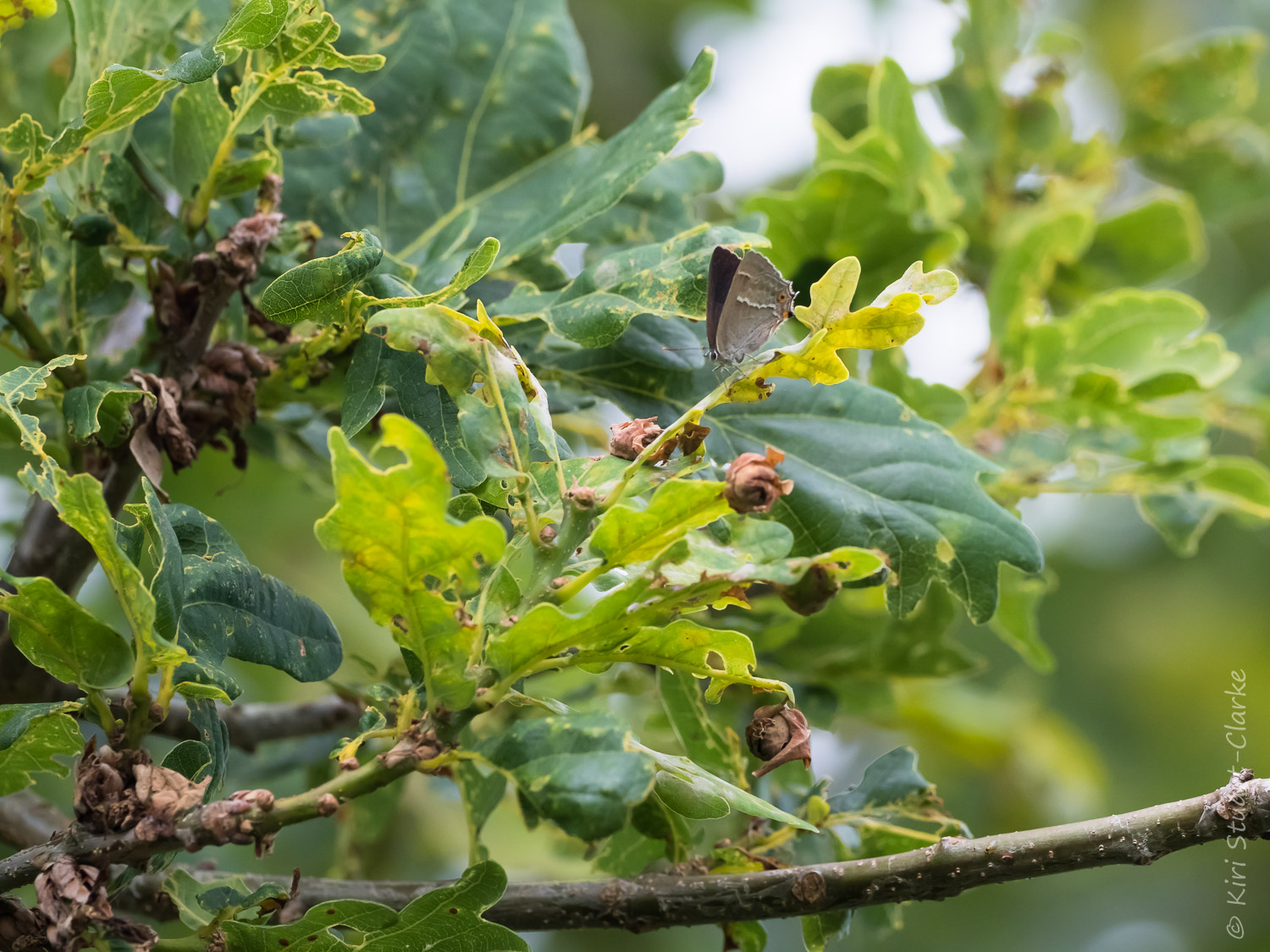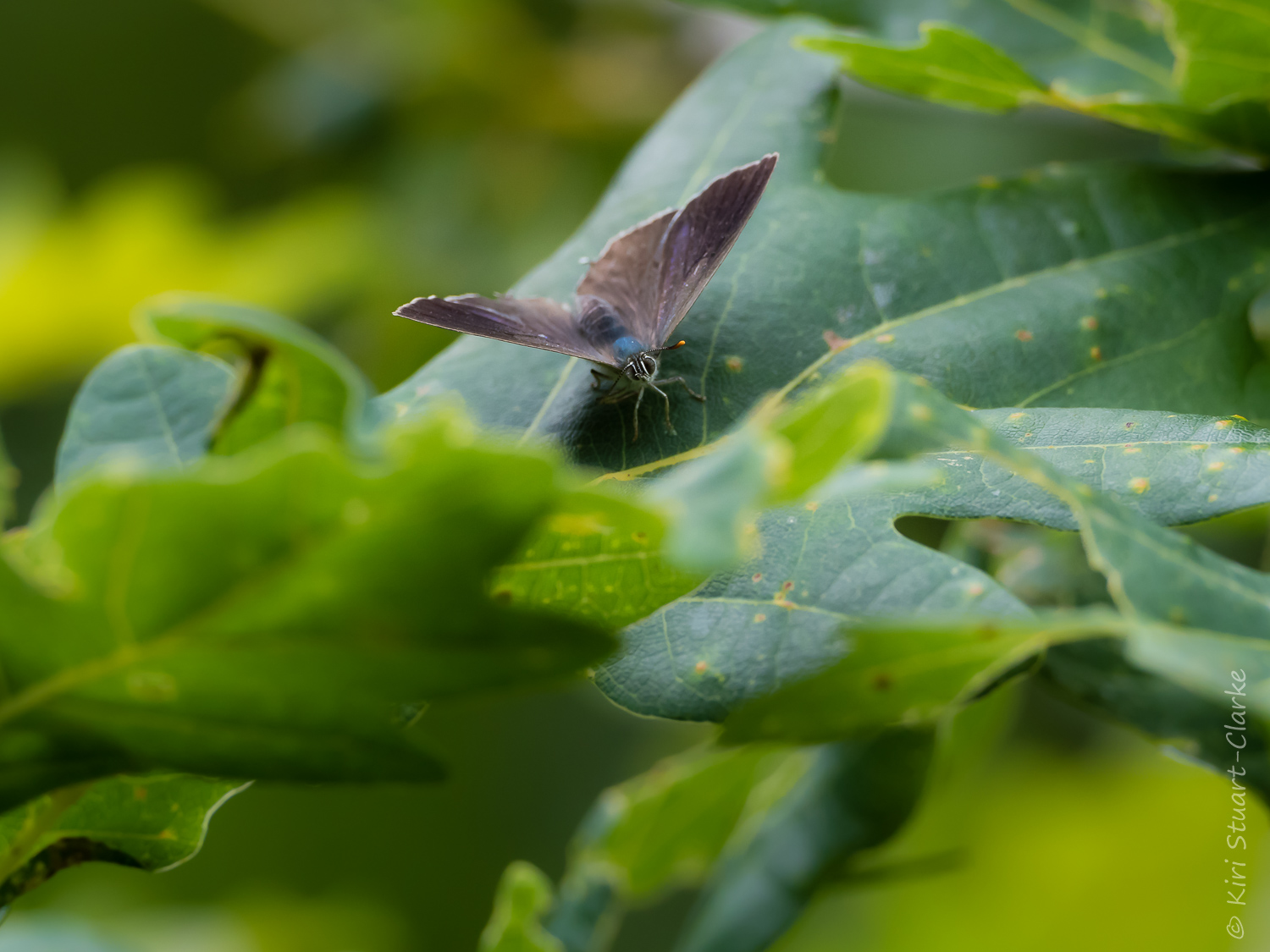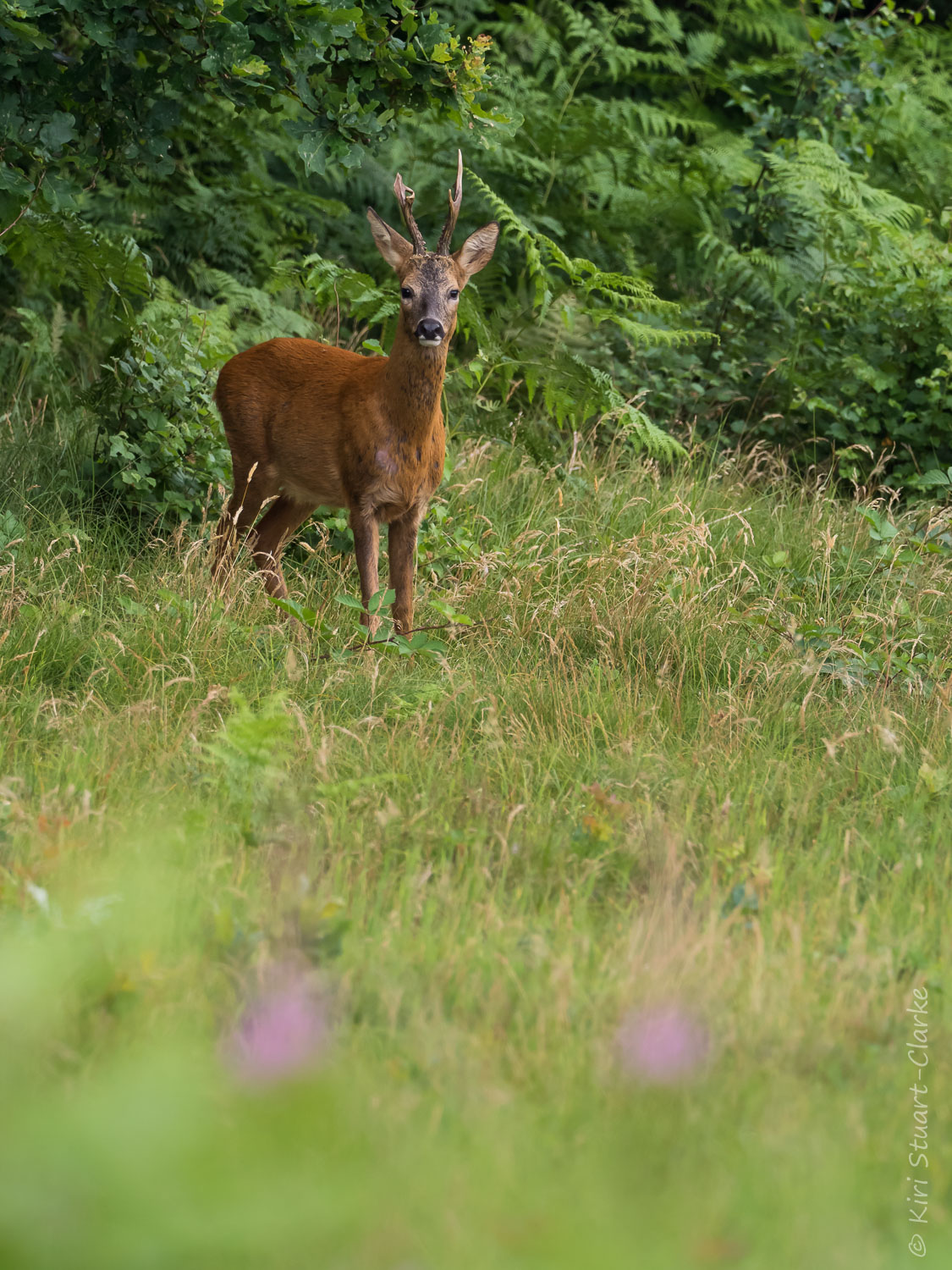Painted Lady, Vanessa cardui nectaring on white Buddleia. Will 2019 be a record-breaking Painted Lady summer?
As the Butterfly Conservation Society’s annual three week long Big Butterfly Count draws to a close, the UK looks set to have enjoyed the magical, once-in-a-decade phenomenon called a “Painted Lady summer” when the apricot- and black-marked species arrives here en masse.
The last such event occured in 2009, when some 11 million Painted Ladies, known as Vanessa cardui, arrived on our shores and there is speculation that 2019 could be a record-breaking year.
But how is it that a butterfly that doesn’t survive our winters and isn’t even permanently resident in the UK manages to congregate here in such numbers?
The Painted Lady, a member of the large and colourful Nymphalidae butterfly family, is a poweful flyer and long distance migrant. During its migration it can achieve an impressive speed of almost 30 miles per hour and fly some 100 miles in a day. In fact, it’s 7,500 mile round trip migration from North Africa as far north as the arctic circle is even longer than that of the famous Monarch butterfly, which travels up and down the North American seabord.
Freshly emerged, second generation Painted Lady nectaring on a budding Common Knapweed flower
Despite its flying prowess, like the Monarch butterfly, Vanessa cardui traverses its intercontinental route multigenerationally and, having only a 2 week long life span, takes about 6 generations to complete it.
Each season the butterfly flies northwards from the desert fringes of North Africa to reach mainland Europe and then on to the UK, reaching Britain in late March. Here the newly arrived lepidopteran immigrant lays eggs on Marsh and other Thistles, Viper’s Bugloss, Mallow and Nettles. After about a month-and-a-half later the next generation emerges (46 days according to devoted turn of the century lepidopterist F. W. Frohawk).
These native-born Painted Ladies then lay a brood of their own, which, further supplemented by arrivals from both Europe and Scandinavia, significantily boosts numbers towards late summer. Some of these butterflies will commence the return migration southwards as the seasonal conditions turn.
So what makes the once in a decade “Painted Lady year” of mass abundance occur? Experts believe that the butterfly’s migratory instinct may be triggered by population density (leading to competition for egglaying sites and food sources) and in exceptional years, unusually good food availability and favourable weather conditions foster population booms. This in turn triggers mass North- and Easterly-bound migrations, often with hundreds, even thousands of butterflies reaching landfall along the UK’s East and South coastline, some arriving from Europe, others from Scandinavia and some even directly from Africa in favourable windstreams.
As well as Thistles for egg laying, depending on its generation, adult Painted Lady butterflies will nectar on a wide range of plants. These include Knapweeds, Buddleia, Trefoils, Hawkweeds, Heather, Privet, Ivy, Bugle and Clovers, so planting these species, and tolerating that annoying thistle or two (you can always deadhead later to stop the patch growing!) increases the likelihood of you attracting this orgeous, intricately-marked butterfly into your garden and enjoying your very own Painted Lady Summer.




